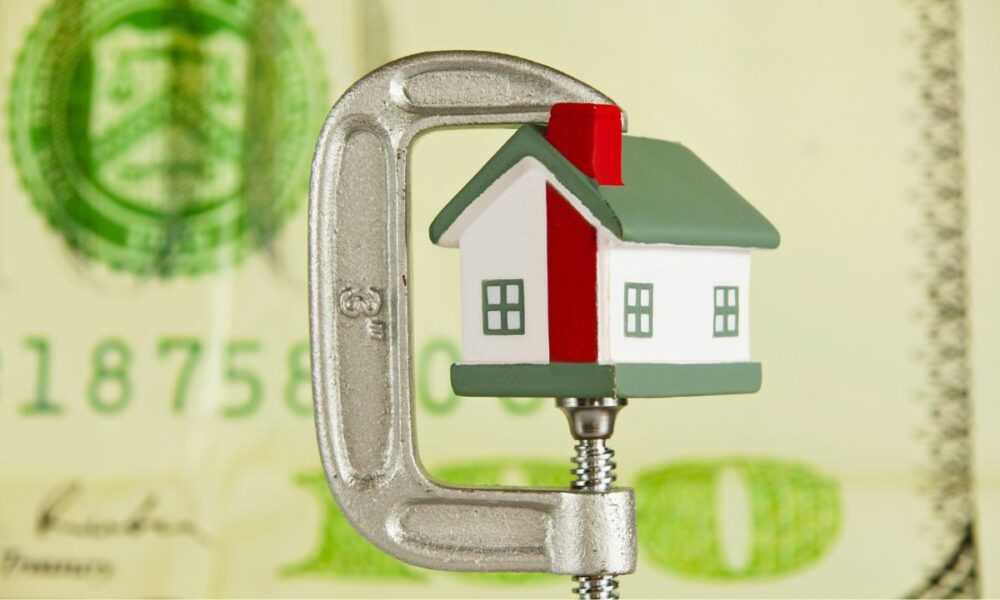Foreclosure filings increased significantly in October, indicating a potentially struggling housing market.
Last month, there were 36,766 properties in the United States with some type of foreclosure filing, like a default notice, scheduled auction, or bank repossession. The number represents a 3% increase from September, and a 19% jump from the same period one year prior.
While the numbers remain relatively small, they represent the eighth consecutive month of annual increases, and could be a worrying sign that the real estate market is under stress.
Foreclosure starts, which are the initial phase of the process, increased by 6% month over month in October and were 20% higher than the same period last year. Notably, completed foreclosures surged 32% year over year.
“Even with these increases, activity remains well below historic highs. The current trend appears to reflect a gradual normalization in foreclosure volumes as market conditions adjust and some homeowners continue to navigate higher housing and borrowing costs,” said Rob Barber, CEO of data provider ATTOM.
Florida, South Carolina, and Illinois recorded the highest number of state foreclosure filings, with Florida’s Tampa, Jacksonville, and Orlando experiencing the most at a metropolitan area level.
When looking at the end of the process, Texas, California, and Florida had the highest number of completed foreclosures. This suggests that those states could see an increase in inventory coming to market at potentially distressed prices. However, since demand for homes, especially in lower price ranges, remains robust, these foreclosed properties will likely sell quickly.
While the increase is concerning, it pales in comparison to the economic downturn of the Great Recession. At that time, 4% of mortgages were in foreclosure, says Rick Sharga, CEO of marketing intelligence firm CJ Patrick Co. In contrast, today, fewer than 0.5% are in foreclosure, which is well below the historic average of between 1% and 1.5%.
Not only that, during the height of the financial crisis, nearly 12% of mortgages were delinquent.
Today, just 4%.
While Sharga said there is no “foreclosure tsunami to worry about,” he did highlight that some states, such as Texas, have seen insurance premiums rise substantially and are now witnessing a rise in defaults, per CNBC.


